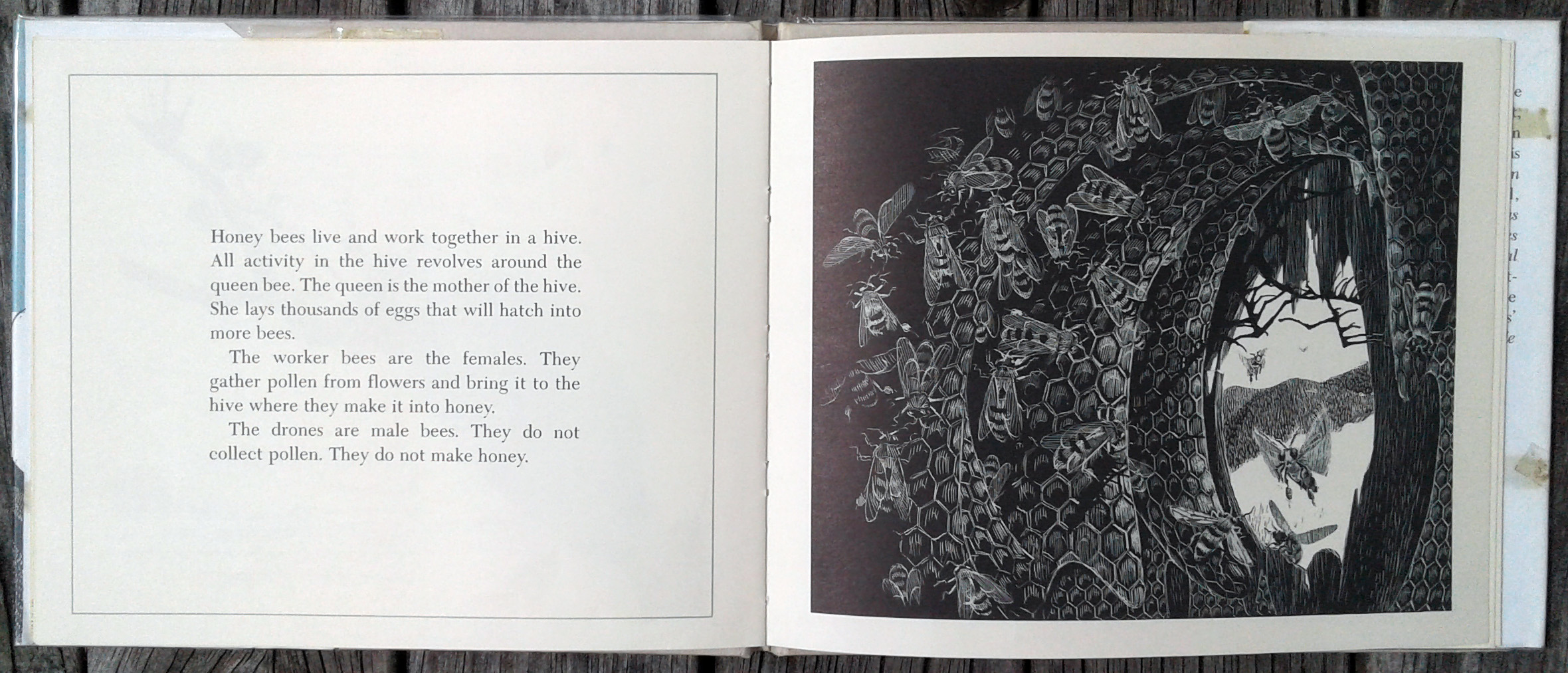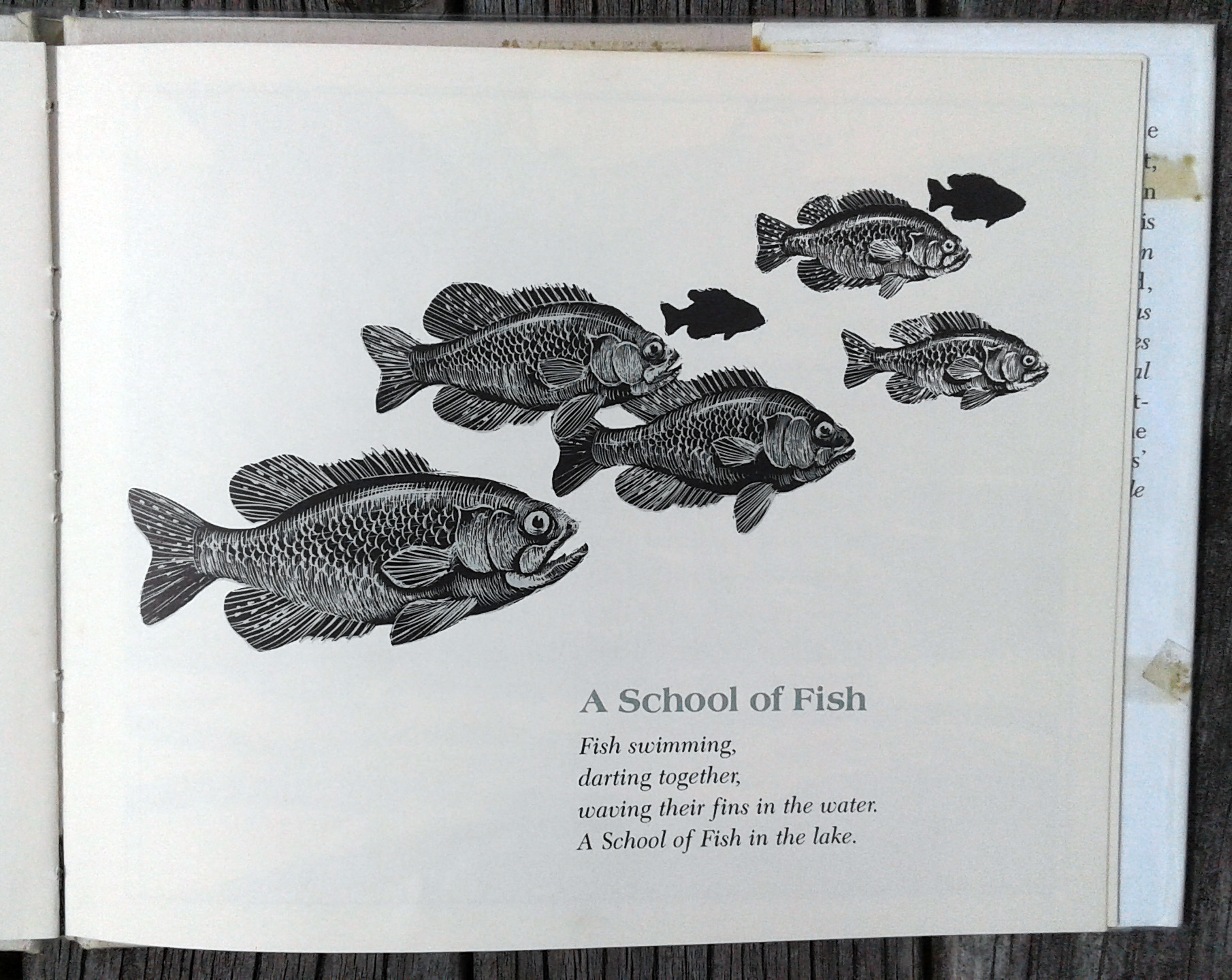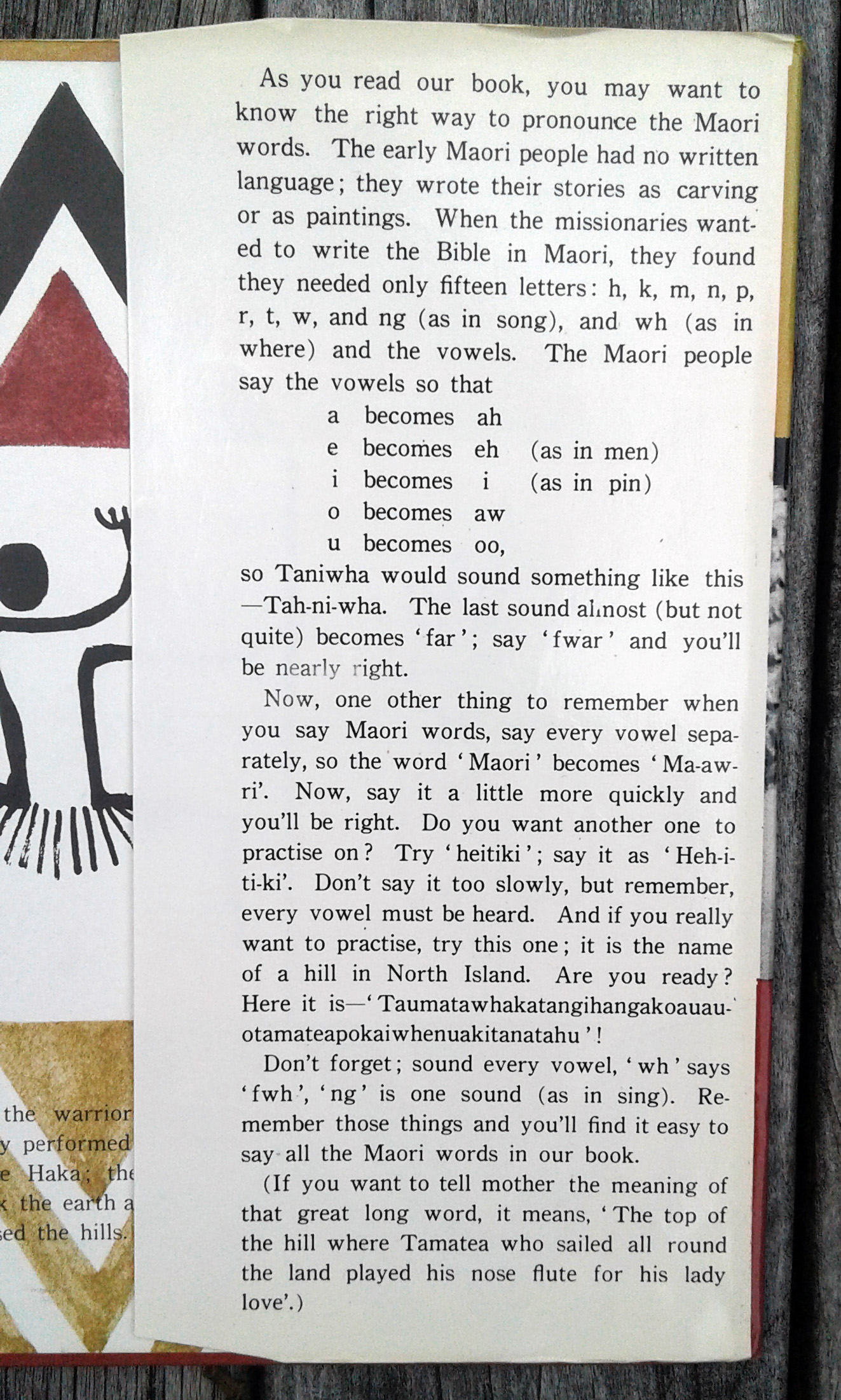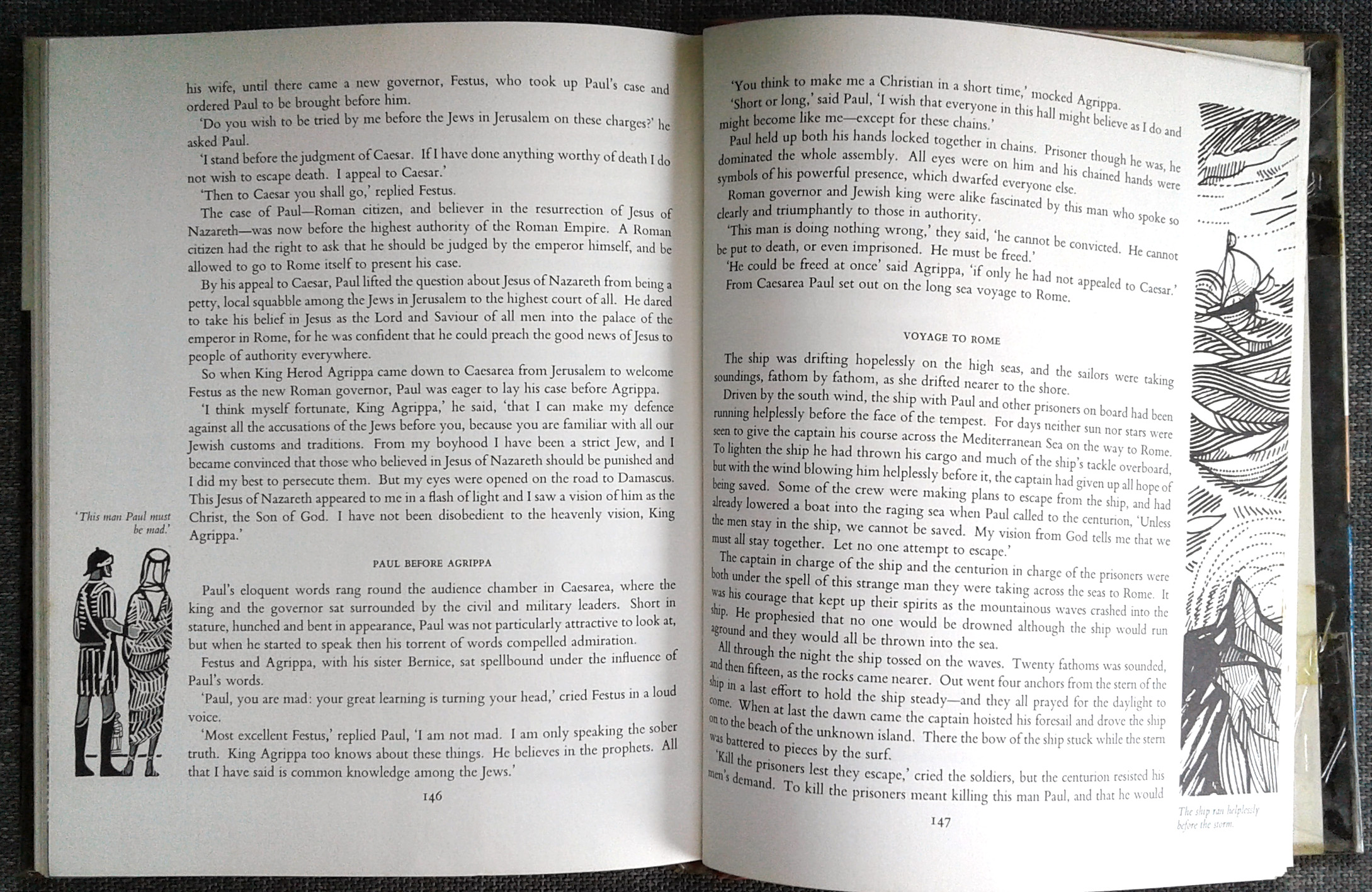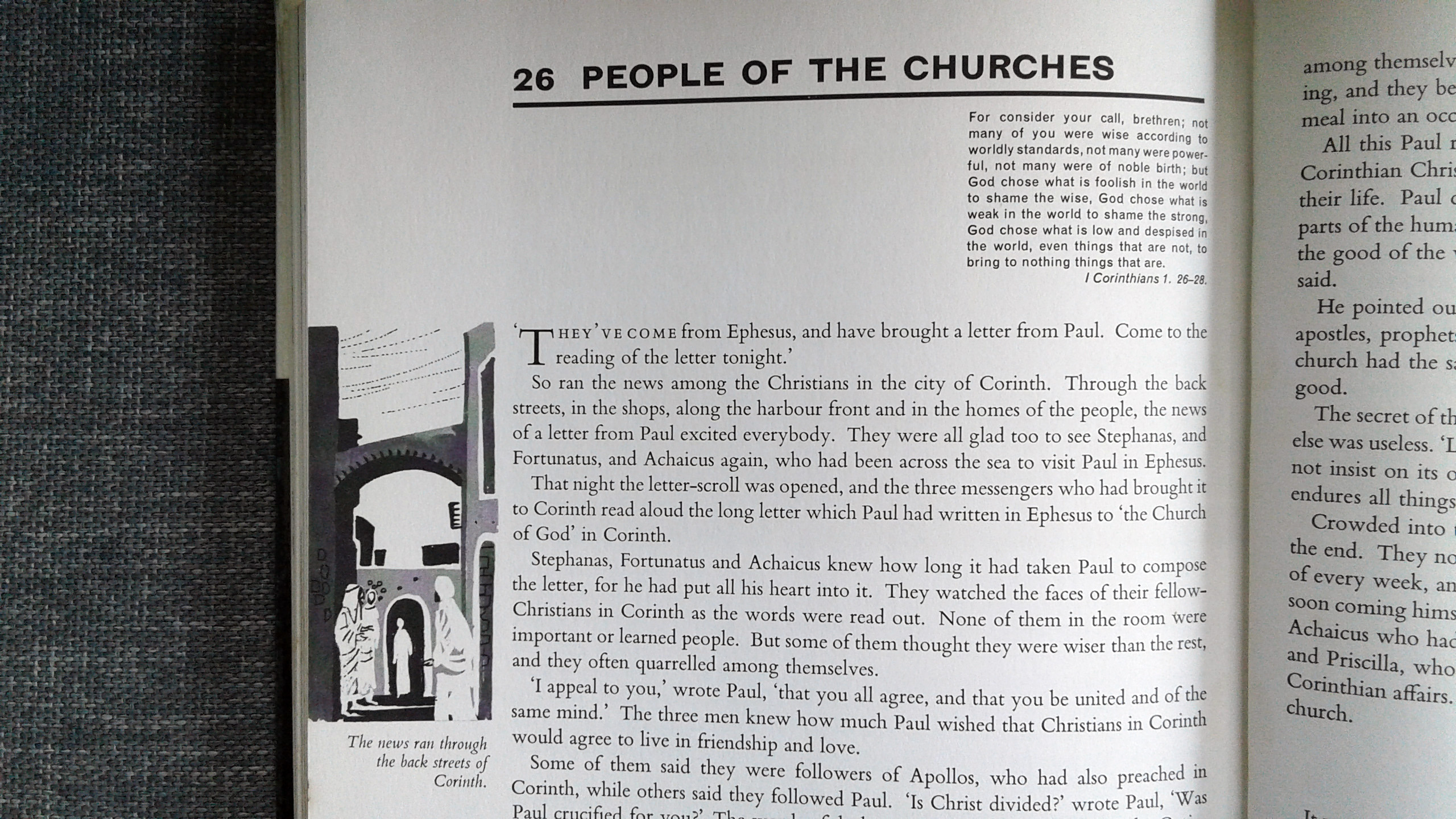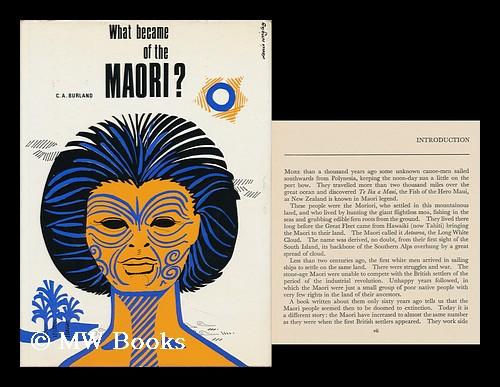A Kettle of Hawks
I love this two-colour scraperboard-illustrated little book.
From 8-8-80, it belonged to the collection of the National Library of New Zealand, and bears all the original inscriptions and stamps (including catalogue card in the back pocket and date due slip. The last time it was due back to the library was on 5 DEC 1991. But despite that 11 year pedigree, it was only issued seven times, which may account for the fantastic condition of the ivory pages…
Arnosky is a prolific and self-taught illustrator, author and naturalist. This book was published when he was 33, in 1979. Delving into his back catalogue is an interesting journey for many reasons, including his huge range of styles and media. But there’s something perfectly simple about ‘A Kettle of Hawks’ that resonates with me more than any of those full-colour cornucopia of wildlife.
The mark-making is varied and descriptive – the hatching describes a hawk’s breast swelling on an intake of breath, the filaments of feather, the hills and the sea in one image alone. There’s a beautiful variety in scene and viewpoint, from arresting front-on shots of birds swooping towards the viewer, to cosy moments inside a honey bee hive. Isolated fish still live in a three dimensional world through the use of tone and hue, with the closest fish described in a duck-egg blue through to black, the middle-distance fish in black and white only, sitting closer to the page, and finally a pair in black only- a silhouette. The full-page illustrations use that blue to good effect too – creating depth in the scene that balances the messy scraperboard.
Most pages are framed with a thin blue line, but some are not, and the ants dance freely out of bounds, anchored only by a pavement crack and a poem. Another lovely moment of balance against the larger illustrations and blocks of text.
I love, also, the conversational tone of the writing, and there is a strong sense of the author playing with these phrases as he treks through the Vermont hills. The information is clear and concise without being heavy, and just enough to pique the interest of the young reader to continue their adventure in the natural world…
‘They may never be too tired to honk up a good goose conversation with their fellow travelers.’
…
Sources:
https://bookpage.com/interviews/7967-jim-arnosky#.WImYs5LGY0o





